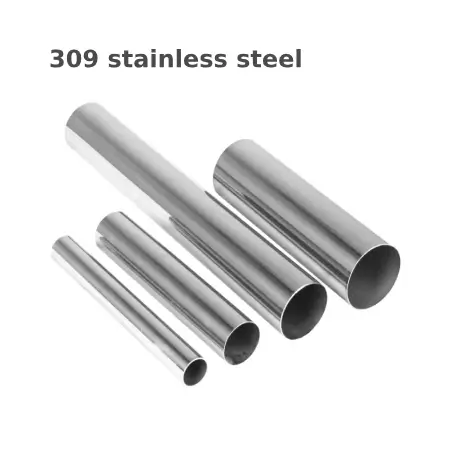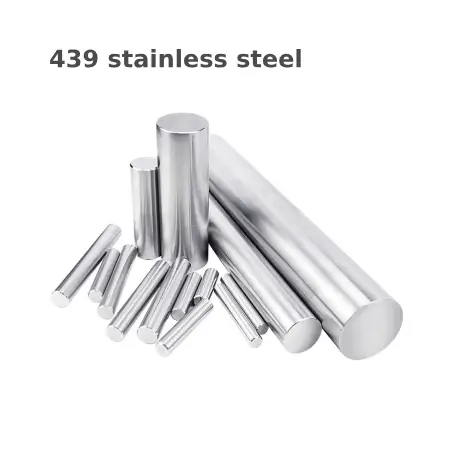Stainless steel pipe fittings, often part of the mechanical and plumbing industries, are engineered to connect, extend, or change the direction of piping systems. These components are crucial in many fluid conveyance and control systems.
Introduction to Stainless Steel Pipe Fittings
Definition: Stainless steel pipe fittings are the connectors, couplings, and other interfacing parts made from stainless steel that are used to join or connect pipes, or change the flow direction of gases, liquids, and solids in the pipeline.
Material Composition: They are commonly manufactured using stainless steel alloys that provide a balance of properties, including corrosion resistance, strength, and hygiene. Types 304 and 316 are among the most frequently used stainless steel grades for pipe fittings.
Types of Fittings: There are different types of stainless steel fittings designed for specific applications, including:
Elbows
Tees
Crosses
Unions
Connectors
Bushings
Flange adapters
Reducers
Caps
Plugs
and many more
Applications: Stainless steel pipe fittings are widely used in various industries such as chemical, petrochemical, oil and gas, power, pharmaceutical, medical, food and beverage, and water treatment due to their corrosion-resistant and sanitary properties.
Standards: They are produced in accordance with international standards including ASME/ANSI, BS, DIN, JIS, and ISO which ensure uniformity, compatibility, and quality.
Size Range: Stainless steel fittings are available in a full range of sizes to accommodate different types of piping systems, from small-diameter to large-diameter applications.
Pressure Ratings: Fittings are engineered to meet various pressure ratings, allowing them to be suitable for high-pressure applications.
Surface Finish: Fittings may have different surface finishes, such as mill finish, polished, or electro-polished, which contribute to their aesthetic and functional properties.
Advantages: The benefits of stainless steel pipe fittings include high corrosion resistance, ease of cleaning, hygienic properties free of pores and inclusions, and resistance to high and low temperatures.
Manufacturing Processes: These fittings are typically manufactured through processes such as casting, forging, and machining, ensuring high precision and quality.
Installation: Stainless steel fittings can be installed using various methods, including welding, clamping, soldering, or threading, depending on the type and application.
Safety and Reliability: They are designed to provide leak-proof connections, ensuring the safety and reliability of the piping system under various operating conditions.
Maintenance: Due to their corrosion-resistant nature, stainless steel fittings require little maintenance other than regular inspections and cleaning for sustained performance.
Stainless steel pipe fittings offer a robust, durable, and sanitary solution for joining and controlling fluid flow in numerous applications. Their widespread use in critical sectors underscores their importance in the safe and efficient operation of industry systems.






